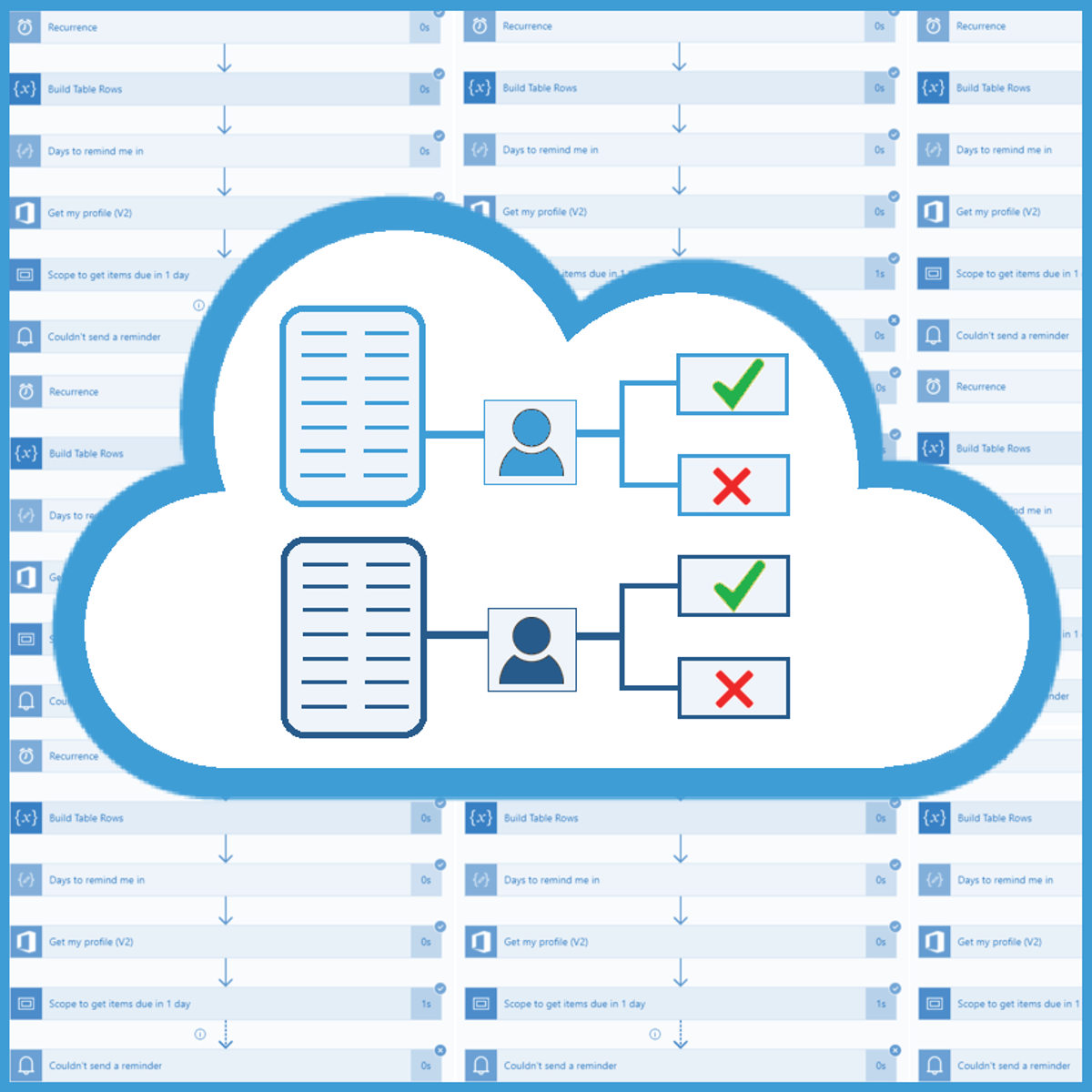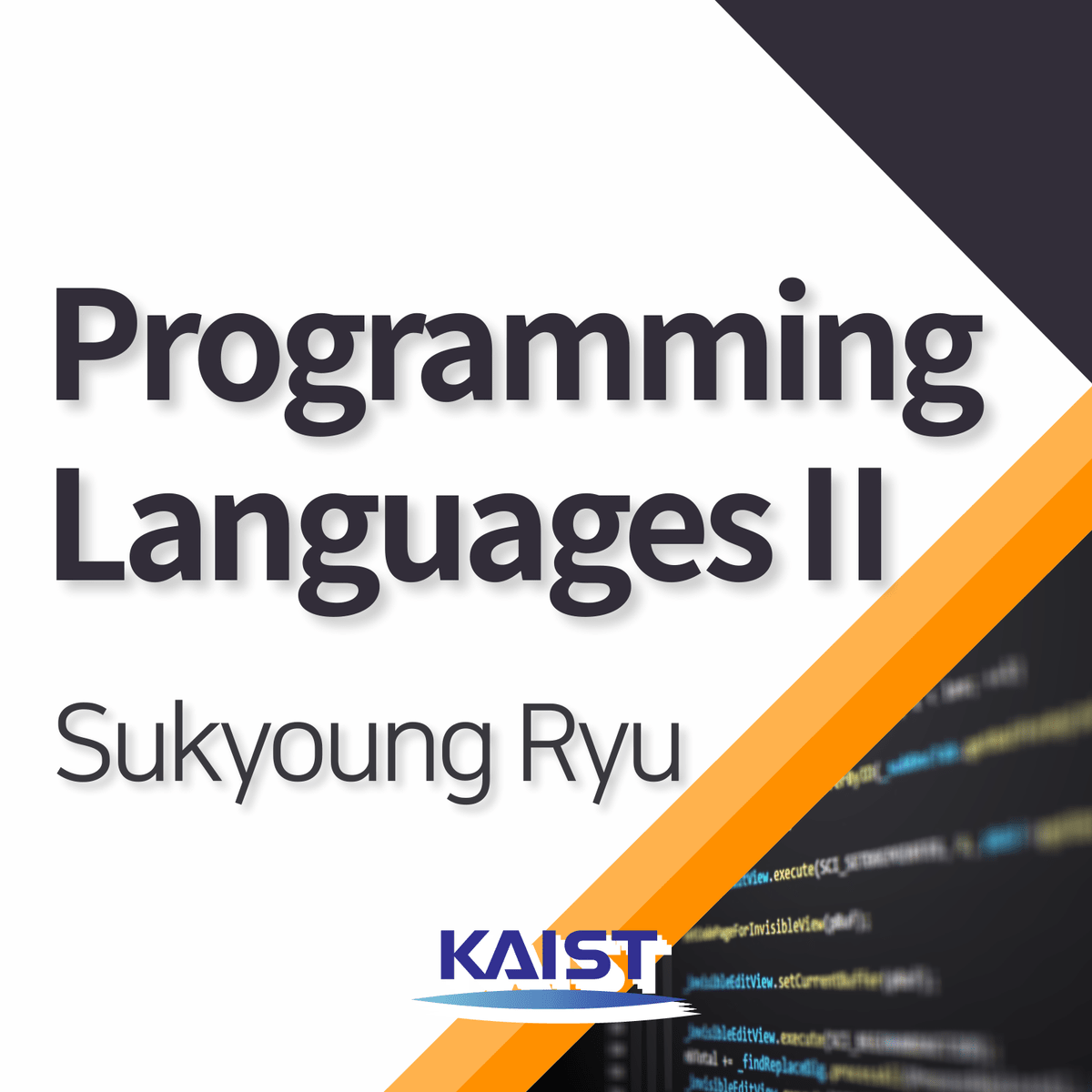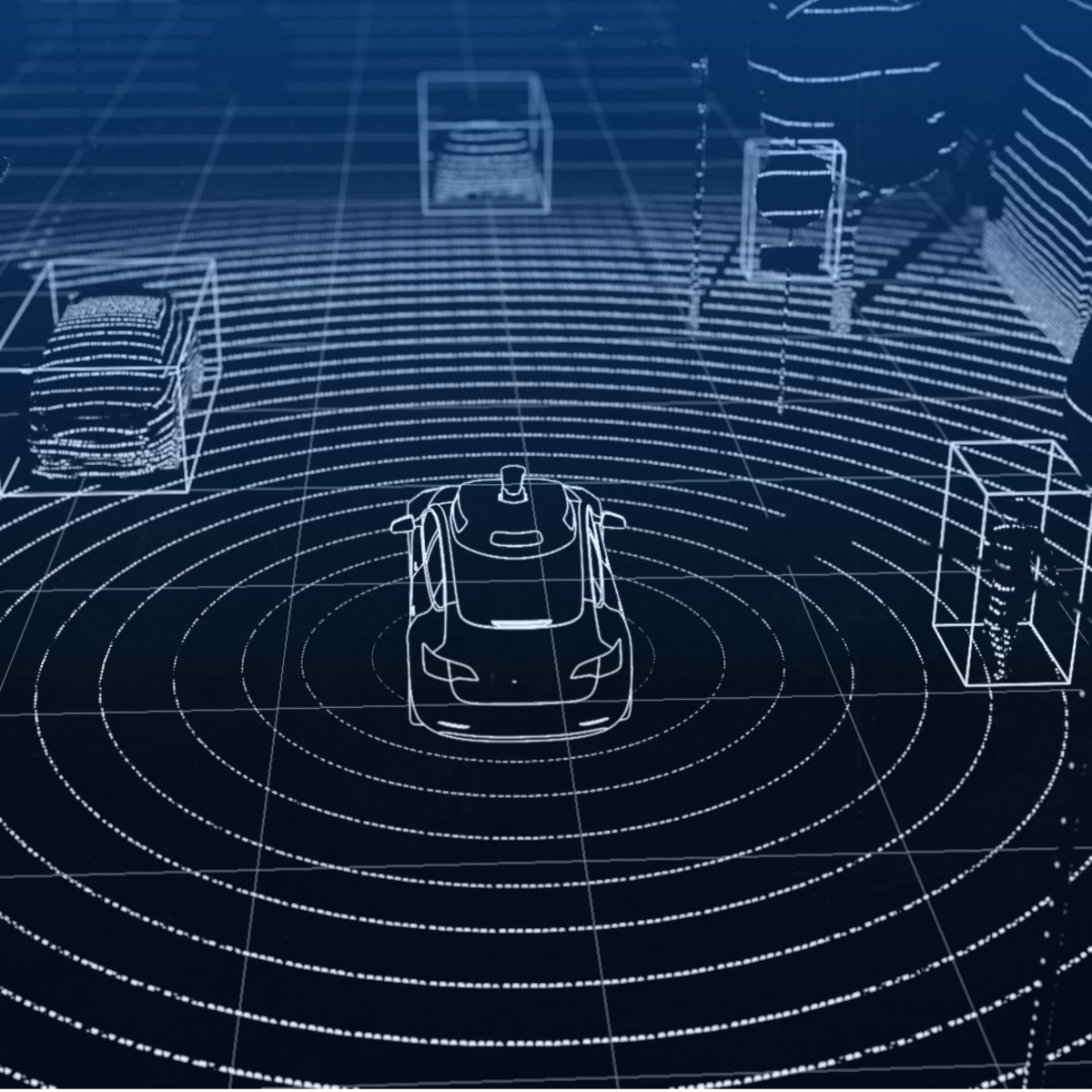Back to Courses









Software Development Courses - Page 90
Showing results 891-900 of 1266

User Authentication: Identity-Aware Proxy
This is a self-paced lab that takes place in the Google Cloud console. Learn how to restrict access selected authenticated users with Identity-Aware Proxy without special programming. Discover how to retrieve user identity information from IAP.

Big Data Emerging Technologies
Every time you use Google to search something, every time you use Facebook, Twitter, Instagram or any other SNS (Social Network Service), and every time you buy from a recommended list of products on Amazon.com you are using a big data system. In addition, big data technology supports your smartphone, smartwatch, Alexa, Siri, and automobile (if it is a newer model) every day. The top companies in the world are currently using big data technology, and every company is in need of advanced big data technology support. Simply put, big data technology is not an option for your company, it is a necessity for survival and growth. So now is the right time to learn what big data is and how to use it in advantage of your company. This 6 module course first focuses on the world’s industry market share rankings of big data hardware, software, and professional services, and then covers the world’s top big data product line and service types of the major big data companies. Then the lectures focused on how big data analysis is possible based on the world’s most popular three big data technologies Hadoop, Spark, and Storm. The last part focuses on providing experience on one of the most famous and widely used big data statistical analysis systems in the world, the IBM SPSS Statistics. This course was designed to prepare you to be more successful in businesses strategic planning in the upcoming big data era. Welcome to the amazing Big Data world!

Creative Programming for Digital Media & Mobile Apps
This course is for anyone who would like to apply their technical skills to creative work ranging from video games to art installations to interactive music, and also for artists who would like to use programming in their artistic practice.
This course will teach you how to develop and apply programming skills to creative work. This is an important skill within the development of creative mobile applications, digital music and video games. It will teach the technical skills needed to write software that make use of images, audio and graphics, and will concentrate on the application of these skills to creative projects. Additional resources will be provided for students with no programming background.
At the end of this course, you will be able to:
* Write creative, audiovisual programs in the Processing environment that run on desktop and mobile
* Programatically manipulate sound in creative ways
* Display images and image sequences
* Generate interactive, algorithmic graphics
* Work with a 2D physics engine to create a basic game

Machine Learning Capstone
In this Machine Learning Capstone course, you will be using various Python-based machine learning libraries such as Pandas, scikit-learn, Tensorflow/Keras, to:
• build a course recommender system,
• analyze course related datasets, calculate cosine similarity, and create a similarity matrix,
• create recommendation systems by applying your knowledge of KNN, PCA, and non-negative matrix collaborative filtering,
• build similarity-based recommender systems,
• predict course ratings by training a neural network and constructing regression and classification models,
• build a Streamlit app that displays your work, and
• share your work then evaluate your peers.

Automate Doc Review Process with SharePoint & Power Automate
Every company must create various documents or reports and show them to responsible colleagues, mostly their supervisors, so they can approve or reject the document. Employees spend a lot of time chasing those responsible colleagues all over the company or sending them multiple emails to remind them about the documents waiting to be checked.
For example, a junior business analyst creates a business offer document and of course, it needs to be reviewed and approved by a senior business analyst, a CEO, or another superior. You can imagine how exhausting and time consuming it can be for the employee to find the corresponding colleague and get the wanted feedback on the document, or to send them repetitive emails each morning reminding them about it. Thankfully, we can leverage Power Automate and SharePoint functionalities and automate the whole process after the document is created. An employee will just create the document, upload it to the SharePoint document library and Power Automate will handle the rest automatically. This might be a huge timesaver for the employee since they don’t need to chase colleagues or send them emails anymore.
This Guided Project "Automate Doc Review Process with SharePoint & Power Automate" is for any business professional who is looking to automate any kind of document or report approval.
In this Guided Project, you will learn how to create a SharePoint site, document library and list, and how to use Power Automate to automate the process of sending requests for document approval to the corresponding employees. What’s great about SharePoint and Power Automate is that anyone can learn to use them regardless of their educational background.
Since this project uses Power Automate (part of the Microsoft Power Platform) and SharePoint, you will need access to a Microsoft account and a Microsoft 365 Developer Program subscription. In the video at the beginning of the project you will be given instructions on how to sign up for both.
If you are ready to make your and your colleagues’ lives easier by starting to automate manual, time-consuming processes which are hard to track, then this project is for you! Let's get started!

Create your first Java project using jGRASP
This project provides a step-by-step approach in instruction and will equip you with fundamental concepts of Java programming from the ground up. Using jGRASP development environment, you will create a program that processes details that are a prerequisite for a course you would like to enroll in. These details are your name, year of birth, age, hobby, and the average score from three prerequisite courses. To be enrolled for the course, you have to be older than 21 and you should also have attained a mark of at least 50 in each of the three previous courses. By creating this project, you will master the concepts of using a class, comments, variables, input, output, operators, and control flow in Java programming.
If you are a beginner and this is your first course in Java programming you will benefit from writing a program from a blank sheet to a fully functioning program. If you already have programming experience, this is an opportunity to refresh your skills in Java programming by going back to basics. No matter your level, you will be able to apply the skills obtained from this course in real-life programming exercises. To provide you with support outside the course, you will find a pool of additional notes and exercises that you can try at home.
If you ever wanted to become better at computer programming using Java by building on your fundamental skills, this project is the right place to start!

Programming Languages Ⅱ
The goal of this course is to help students:
1. learn new languages quickly,
2. evaluate various languages and pick the most suitable one for a given task,
3. know when and how to design a little language, and
4. understand the effects of languages on thought and communication.
We will study programming language concepts, not as paradigms but as a set of basic building blocks, by 1) implementing interpreters for the concepts using the Scala programming language and 2) rigorously discussing the concepts using the operational semantics.

Visual Perception for Self-Driving Cars
Welcome to Visual Perception for Self-Driving Cars, the third course in University of Toronto’s Self-Driving Cars Specialization.
This course will introduce you to the main perception tasks in autonomous driving, static and dynamic object detection, and will survey common computer vision methods for robotic perception. By the end of this course, you will be able to work with the pinhole camera model, perform intrinsic and extrinsic camera calibration, detect, describe and match image features and design your own convolutional neural networks. You'll apply these methods to visual odometry, object detection and tracking, and semantic segmentation for drivable surface estimation. These techniques represent the main building blocks of the perception system for self-driving cars.
For the final project in this course, you will develop algorithms that identify bounding boxes for objects in the scene, and define the boundaries of the drivable surface. You'll work with synthetic and real image data, and evaluate your performance on a realistic dataset.
This is an advanced course, intended for learners with a background in computer vision and deep learning. To succeed in this course, you should have programming experience in Python 3.0, and familiarity with Linear Algebra (matrices, vectors, matrix multiplication, rank, Eigenvalues and vectors and inverses).

UI Automation and Selectors
The UI Automation and Selectors course provides a deep understanding of the different methods used while interacting with the User Interface of different applications like Excel, Word, CRM, Websites while building automation projects.
It introduces the Recording feature and the different recordings available in Studio to record user actions and generate workflows. It will also provide knowledge about Selectors and how they are beneficial while building automation projects.
The course has multiple practice exercises that will help strengthen your knowledge and understand the creation of workflows in Studio.

Create Model-driven Power App for Rental Company
For new employees in a company that works with customers, for example a rental company, there’s often a lot of confusion in the beginning regarding the business process when attending to the customers. There are usually many mistakes involved and steps skipped, which can lead to even more confusion and unsatisfied customers. That’s why we will create a Power Apps Model-driven application which will make the rental process strictly defined and everyone will have to do identical steps to finish the process. We will have our data safely and correctly stored inside Microsoft Dataverse and training new colleagues will be reduced to minimum.
In this 90-minutes long guided project, “Create Model-driven Power App for Rental Company”, you will create custom tables inside Microsoft Dataverse and a Power Apps Model-driven application, which will strictly define handling the car rental process, from the moment when a car rental request gets approved, to the very last step of the process, when the customer returns the car and the car becomes available for rent again.
Since this project uses Microsoft Power Apps (part of the Microsoft Power Platform), you will need access to a Microsoft account and a Microsoft 365 Developer Program subscription account. In the video at the beginning of the project you will be given instructions on how to sign up for both.
If you are ready to strictly define business processes and make them unified for everyone with a Power Apps model-driven app, then this project is for you! Let's get started!
Popular Internships and Jobs by Categories
Browse
© 2024 BoostGrad | All rights reserved


